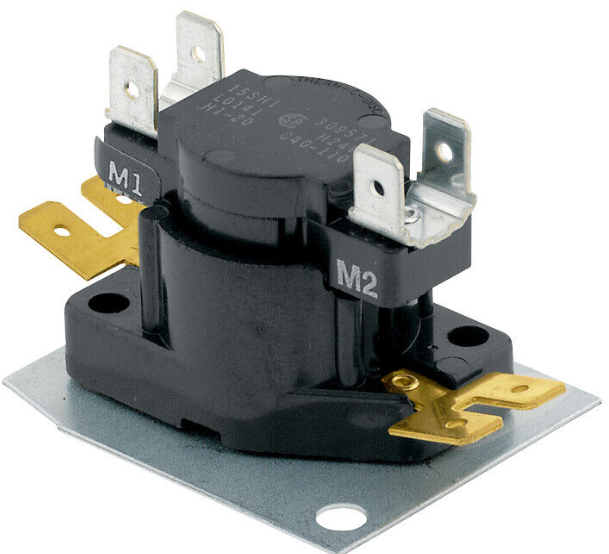

In the ever-evolving world of music production, the drum sequencer VST has emerged as an indispensable tool for producers and composers. With its ability to program, edit, and manipulate drum patterns, this virtual instrument can transform the way you create beats. Whether you're a seasoned producer or just starting, understanding the features and benefits of drum sequencer VSTs is crucial for finding the best fit for your needs. In this guide, we'll explore what makes a drum sequencer VST stand out and offer insights into choosing the best one for your music production endeavors.
A drum sequencer VST (Virtual Studio Technology) is a software plugin designed to create and arrange drum patterns within your digital audio workstation (DAW). Unlike traditional hardware drum machines or acoustic kits, a drum sequencer VST provides digital flexibility, allowing you to craft complex rhythms and beats with precision.
The core functionality of a drum sequencer VST involves generating drum patterns by arranging triggers or notes for different drum sounds. This can range from simple, repetitive beats to intricate and evolving patterns, depending on the features of the sequencer. The result is a powerful tool that enhances your ability to create dynamic and engaging drum tracks.
When searching for the best drum sequencer VST, several key features can make a significant difference in your music production process:
Pattern Creation and Editing: Look for a sequencer that offers intuitive pattern-building tools. Features like drag-and-drop functionality, adjustable grid settings, and easy pattern duplication can streamline the creation and editing of drum sequences.
Sound Library and Customization: A diverse library of drum sounds is essential. The best drum sequencer VSTs come with a range of high-quality samples, including various acoustic and electronic options. Additionally, the ability to import and customize your own sounds adds further versatility.
Real-Time Performance Capabilities: For those who perform live or engage in spontaneous jam sessions, real-time controls are crucial. Features such as live triggering, tempo syncing, and motion sequencing can enhance your ability to interact with your drum patterns on the fly.
User Interface: A user-friendly interface can greatly impact your workflow. Look for a drum sequencer VST with a clean, well-organized layout that makes it easy to access key functions and navigate through your patterns.
DAW Integration: Ensure that the drum sequencer VST integrates smoothly with your DAW. Compatibility with various DAWs helps avoid potential issues and allows for a more seamless production experience.
Automation and Modulation: Advanced automation and modulation options enable you to add dynamic changes to your drum patterns. This can make your beats more engaging by incorporating evolving effects and variations.
With many options available, choosing the best drum sequencer VST for your needs involves considering several factors:
Define Your Needs: Identify what you need from a drum sequencer. Are you looking for complex pattern creation, live performance capabilities, or a particular sound palette? Understanding your specific requirements will guide you in selecting the right VST.
Evaluate Features: Compare the features of different drum sequencer VSTs. Pay attention to aspects such as pattern creation tools, sound libraries, real-time performance features, and user interface design.
Check Compatibility: Ensure that the drum sequencer VST you choose is compatible with your DAW and operating system. This avoids potential technical issues and ensures a smooth integration into your workflow.
Read Reviews and Try Demos: Reading reviews from other users and trying demo versions of drum sequencer VSTs can provide valuable insights. User feedback and hands-on experience can help you gauge the effectiveness and suitability of the VST for your needs.
Consider Your Budget: Drum sequencer VSTs come in a range of prices, from free options to premium products. Consider your budget and evaluate whether the features offered align with the cost.
Once you’ve chosen the best drum sequencer VST for your setup, here are some tips to get the most out of it:
Experiment with Patterns: Don’t hesitate to explore different pattern lengths and variations. Experimenting with various rhythmic structures can lead to unique and creative beats.
Layer and Combine Sounds: Combining different drum sounds can add depth and complexity to your patterns. Layering kicks, snares, hi-hats, and other percussion elements can create more dynamic rhythms.
Use Automation: Take advantage of automation features to introduce dynamic changes to your drum patterns. Automating parameters such as volume, pitch, and effects can make your beats more interesting and evolving.
Sync with Other Instruments: Ensure that your drum sequencer is in sync with other elements in your track. Proper synchronization ensures that your drum patterns fit seamlessly within the overall mix.
Keep Learning and Adapting: Stay updated with new features and updates for your drum sequencer VST. Continuous learning and adaptation can help you stay on the cutting edge of music production techniques.
The best drum sequencer VST can significantly enhance your music production process, offering a range of features to create, edit, and perform drum patterns with precision and creativity. By understanding the key features to look for and considering factors such as compatibility, budget, and personal needs, you can find the perfect drum sequencer VST to elevate your beats and rhythms. With the right tool at your disposal, you’ll be well-equipped to craft dynamic and engaging drum tracks that stand out in your music production endeavors. Happy producing!
Email cannot be empty
Password cannot be empty
Email format error
Email cannot be empty
Email already exists
6-20 characters(letters plus numbers only)
The password is inconsistent
Email format error
Email cannot be empty
Email does not exist
6-20 characters(letters plus numbers only)
The password is inconsistent